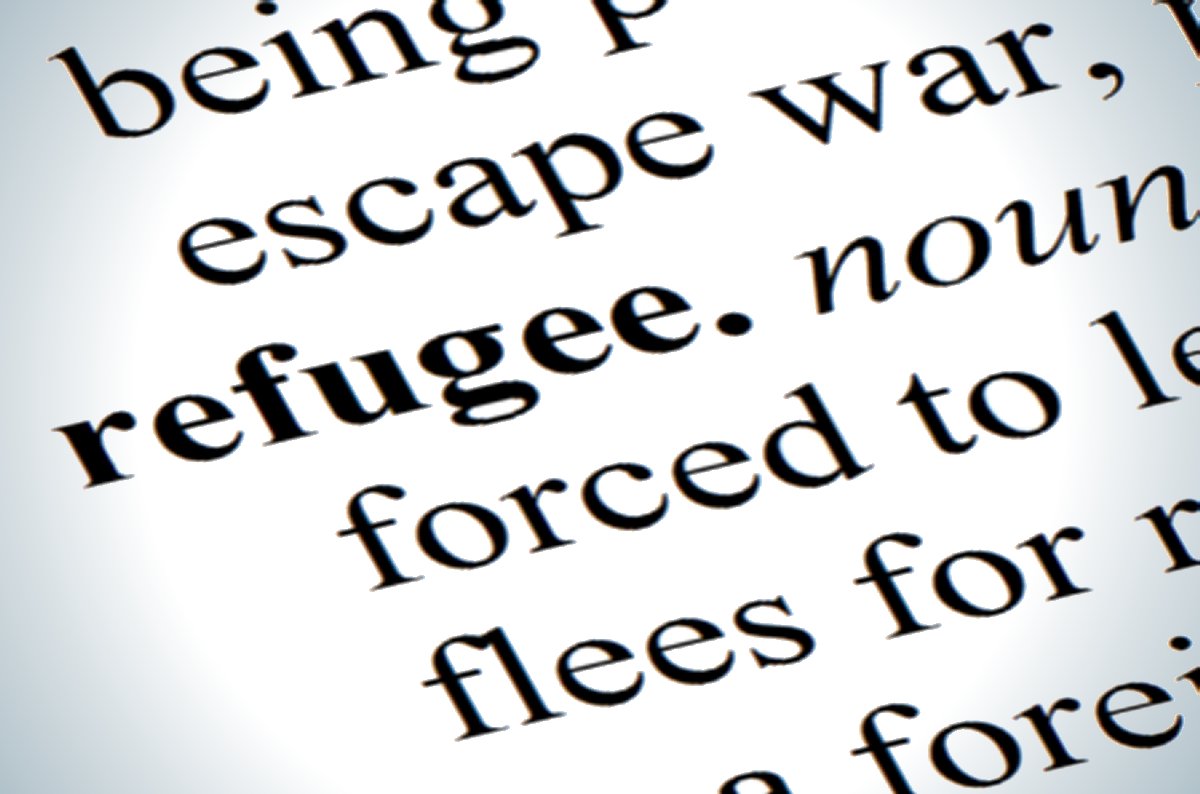During the summer of 2017 I studied abroad in Bologna, Italy. I was told that Bologna was a progressive city with a long history of music, arts, and education; however, certain events left me questioning the character of the city. During July and August I noticed refugees on the news nearly every day. The images were refugees crowded into small boats with a newscaster speaking, and even my mediocre Italian skills could detect the language of crisis. I had a vague sense of what was going on and that these migration routes were not new… just experiencing higher numbers than in the past. According to a UNICEF report nearly 140,00 refugees arrived on European shores between January and September 2017, two thirds of them through the central Mediterranean route. However, I was in a landlocked city in Northern Italy, which is why when I saw news about refugees in Bologna I took notice. The influx of refugees over the summer left the government of Italy struggling logistically and financially to find a place for these arrivals. Member countries of the EU have taken different stances on how to cope with this rapid influx; for some this has meant closing borders and refusing to resettle more refugees farther into Europe. This has left Italy and Greece trying to find places for refugees within their borders, and some people in these countries pushing for ports to stop accepting refugee boats and ships.
‘Venice Inflatable Refugee’, an artist’s project displayed in Venice in 2016. Dirk Knot/Schellekens
In Bologna, refugees who hadn’t been given housing by the state were living in an abandoned community center. Police were sent to evict the occupants, and locals as well as occupants sat and refused to leave in protest. Police tried to forcibly remove protesters and occupants, which turned violent and was later reported as a riot. A month later in Rome the same thing happened to another group. They were not told ahead of time, and were physically forced to leave and given no place to go instead. This in the larger context demonstrates the deficiencies in the Italian reception system and of the EU’s ability to cooperate in “managing” refugees. Despite state intervention both instances highlight the ability of refugees to create their own spaces. For example refugees in Rome created a self-managed reception center, refurbishing abandoned areas, and establishing amenities like childcare.
A rally in Rome protesting against the eviction of refugees from a building they had occupied since 2013.
Recently in the U.S. there has been discussion about sanctuary cities. Kimberley Peterson’s post on this blog about sanctuary cities in the U.K. led me to look for similar examples in Italy. Historically, Italian cities such as Venice led initiatives aimed at integrating refugees, but in the last few decades many of these programs have been rolled back. In Bologna, residents had stood in solidarity with the buildings occupants, but I was looking for more from the city as a whole. I learned that the University of Bologna, where I had studied, was trying to do its part as an institution. The University along with the Municipality of Bologna has instituted a program for asylum seekers to enroll for “single learning activities,” Italian language courses, and other courses to fill gaps in previous education. Those enrolled are exempt from fees and once their asylum status is determined the courses are counted towards the degrees they are pursuing. The University’s information page states that it is a way for asylum seekers to make their time spent waiting for status determination useful. Although the information page uses problematic language such as “deserving refuge seeking students” and requires valid qualification from an institution outside of Italy, the program represents an avenue through which this population, whose political voice has been taken, to reclaim that voice and gives them the resources of an academic setting to do so. Furthermore, the partnership of the University and Municipality demonstrates that there are avenues on a city level to change the refugee narrative even during the crisis Europe as a whole is facing.
References:



No comments:
Post a Comment